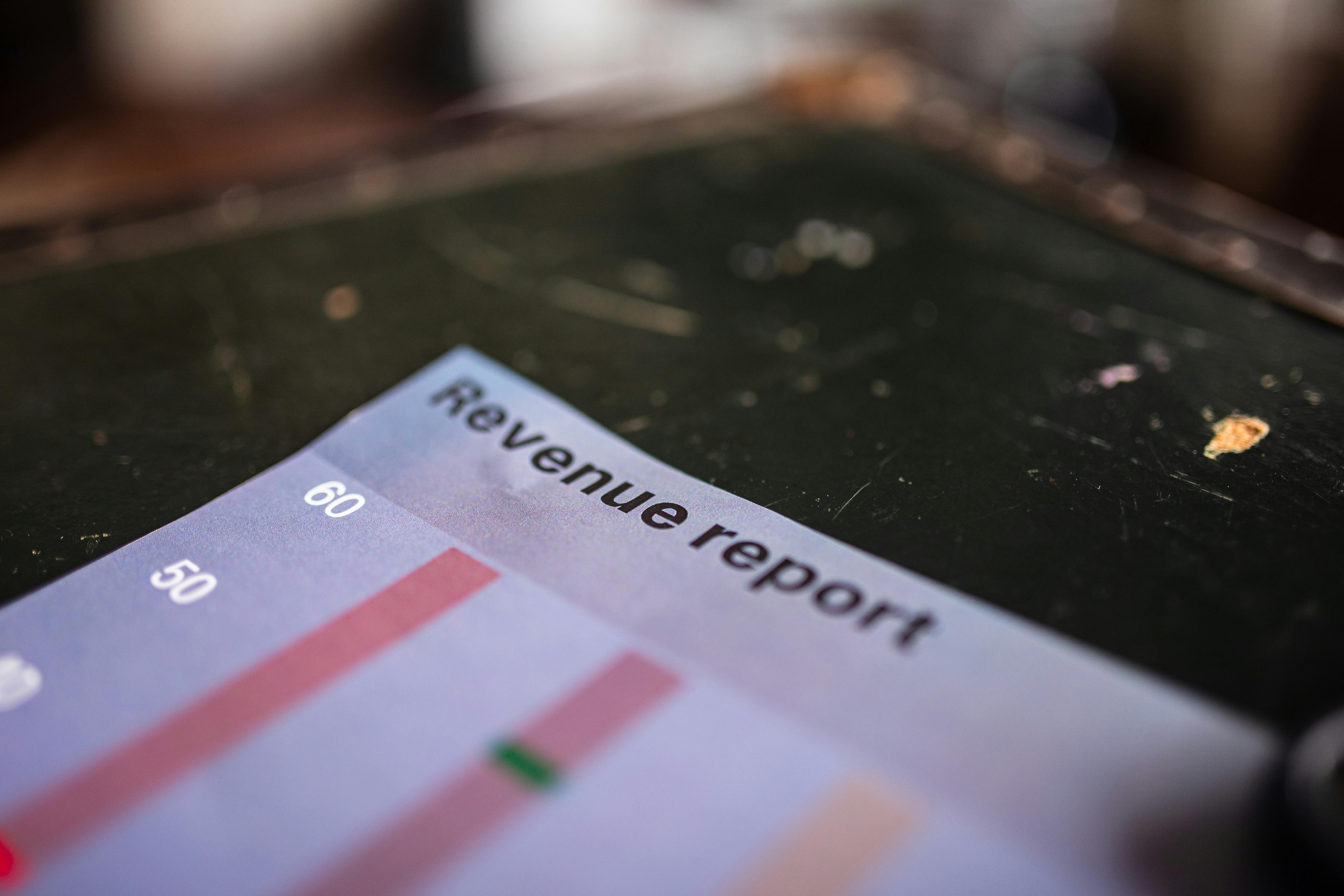Back


## 执行摘要 著名加密货币投资者**黄立成**(即**麻吉大哥**)抓住市场强劲反弹的机会,单日浮动盈利超过**117.5万美元**。这一收益来自于平仓**HYPE**代币的10倍杠杆多头头寸。此次事件发生之际,在金融巨头**Vanguard**和**美国银行**关于机构采纳的积极消息推动下,以**比特币**为首的更广泛加密货币市场显著反弹,凸显了机构资本流动对市场波动性和交易机会的影响。 ## 事件详情 链上数据显示,**黄立成**平仓了其在**HYPE**上的杠杆头寸。该交易采用了10倍杠杆,旨在放大对代币价格变动的敞口。随着加密货币市场经历广泛复苏,该头寸的价值大幅增加,使得**黄立成**在24小时内获得了**117.5万美元**的浮动利润。此举是“巨鲸”交易者的典型特征,他们利用高风险金融工具,根据预期的市场变化执行大额交易。 ## 市场反弹剖析 市场突然上涨的主要催化剂是一系列来自主要金融机构的公告。全球第二大资产管理公司**Vanguard**宣布将允许客户交易现货**比特币ETF**,从而扭转了其此前反对加密货币的立场。此外,**美国银行**的一份报告建议其财富管理客户,将1%至4%的资金分配到数字资产可能适合某些投资组合。这一消息向市场发出了强烈的看涨信号,推动**比特币**价格从**8.6万美元**以下飙升至**9.2万美元**以上,涨幅约为9%。价格的快速上涨还引发了“空头挤压”,那些押注价格下跌的交易者被迫回购资产以弥补头寸,进一步助长了涨势。 ## 市场影响 此次事件凸显了当前加密生态系统中的几个关键动态。首先,它表明机构采纳对市场情绪和价格行为产生了深远影响。**Vanguard**和**美国银行**的决定提供了必要的验证,以推动大量资本流入,或者至少是预期中的流入。其次,**黄立成**的成功交易展示了杠杆交易对于能够正确把握市场波动的成熟投资者而言具有高回报潜力。它有力地说明了知情交易者如何利用机构新闻流获取巨额收益。最后,触发的空头挤压是一种技术性市场现象,它强调了集中的看跌情绪如何能够迅速平仓,从而创造出有利于看涨投资者的爆炸性价格行为。 ## 更广泛的背景 像**黄立成**这样的大投资者所实现的显著收益,与许多散户交易者最近面临的困境形成了鲜明对比。报告显示,以散户为中心的杠杆式加密追踪ETF亏损超过80%,抹去了数十亿美元的资产。这种二元性说明了成熟、资本充足的市场参与者与广大散户之间日益扩大的差距。虽然机构进入被视为数字资产类别成熟的长期积极因素,但由此产生的波动性既带来了巨大的机遇,也带来了重大的风险。过去24小时的事件提供了一个清晰的案例研究,说明机构新闻如何为高信念、高杠杆交易策略创造有利的市场条件。

'''## 执行摘要 NewGenIvf 宣布了两项重要的财务举措:为其公司金库收购 **13,000.23 个 Solana (SOL) 代币**,并启动一项 **200 万美元的股票回购计划**。这项双重战略预示着对数字资产市场特定板块和公司自身股权的看涨前景,将对 Web3 基础设施的前瞻性投资与提高股东价值的传统方法相结合。 ## 事件详情 该公司证实,截至 11 月 28 日,其持有 **13,000.23 SOL**,标志着其资金资产向主要替代加密货币的显著多元化。尽管投资的美元价值未披露,但此举代表了公司资金直接分配到 Solana 生态系统。 与此同时,NewGenIvf 董事会已授权一项高达 **200 万美元** 的股票回购计划。股票回购是公司向股东返还资本的常见机制,通常表明管理层认为其自身股票在公开市场上被低估。 ## 公司战略分析 NewGenIvf 决定采用混合式资金战略是一个值得注意的发展。它结合了两种不同的资本配置理念。 1. **数字资产多元化:** 购买 **SOL** 代币使 NewGenIvf 有别于其他进入加密领域的上市公司。虽然像 **Hyperscale Data (GPUS)** 这样的公司主要专注于 **比特币 (BTC)**,作为 1 亿美元战略的一部分建立了超过 421 BTC 的资金,但 NewGenIvf 选择 Solana 表明其相信替代性 Layer-1 区块链的增长潜力。这可以被解释为一种高风险、高回报的资金战略,专注于 Solana 生态系统内去中心化应用程序和 DeFi 的增长。 2. **传统股东价值:** **200 万美元的股票回购** 是一种行之有效的公司财务工具。通过减少流通股数量,回购可以增加每股收益,并表明管理层对未来盈利能力的信心。此举使 NewGenIvf 与 **梅赛德斯-奔驰集团股份有限公司 (MBG.DE)** 等主要公司保持一致,后者最近启动了一项 20 亿欧元的股票回购计划,以向投资者返还资本。 ## 更广泛的市场影响 NewGenIvf 的这项战略决策对更广泛的市场具有多重影响。 首先,它为超越比特币的公司资金管理发展提供了一个案例研究。如果其他公司效仿,它可以使 **SOL** 等替代加密货币作为公司资产负债表的长期可行持有物合法化,从而可能为这些资产创造新的机构需求来源。 其次,同时宣布股票回购和加密货币购买向投资者传递了一个平衡的信息。它将公司塑造成既创新又财务审慎的形象,既吸引对数字资产敞口感兴趣的增长型投资者,也吸引关注传统资本回报的价值型投资者。这种混合方法可能成为公司寻求驾驭传统金融和数字经济交汇处的更常见模式。 '''

## 执行摘要 美国证券交易委员会(SEC)正在加强对高杠杆交易所交易基金(ETF)的审查,暂停审批新产品,原因是担心投资者面临过度风险。此举正值市场见证这些风险的实时案例,与加密代理股票**Strategy Inc. (MSTR)**挂钩的杠杆ETF今年暴跌超过80%。该事件蒸发了投资者超过十亿美元的资金,并迫使**Strategy**采取防御措施以保护其以比特币为中心的资产负债表,凸显了在已经波动的资产上叠加杠杆的系统性危险。 ## 事件详情:SEC介入杠杆产品 对复杂投资工具的监管担忧日益加剧,据报道,SEC已通知包括**Direxion**、**ProShares**和**Tidal**在内的ETF发行人,暂停审批新的高杠杆产品。委员会主要担心的是,这些旨在放大每日回报的基金,使投资者——特别是散户——面临可能超出监管和披露限制的风险。这一行动预示着对将复合波动性引入公开市场的金融产品进行更广泛的监管重新评估。 ## 杠杆案例研究:Strategy Inc. ETF崩盘 SEC的谨慎态度得到了与**Strategy Inc.**挂钩的ETF灾难性表现的印证,该公司本身就充当着对比特币的杠杆押注。诸如**T-Rex 2X Long MSTR Daily Target ETF (MSTX)**和**Defiance Daily Target 2x Long MSTR ETF (MSTU)**等产品在2025年已下跌约85%。这些基金目前位列美国市场表现最差的十只ETF之中。 核心问题是“杠杆上的杠杆”动态。**Strategy Inc.**利用债务和股权销售为其庞大的**比特币**金库融资。然后,这些ETF又在**MSTR**股票之上增加了一层每日杠杆。这种结构在市场低迷时期被证明是毁灭性的,原因有二: 1. **复合亏损:** 每日再平衡意味着亏损被放大,随后的收益必须大幅增加才能弥补。 2. **波动性衰减:** 在波动剧烈的市场中,即使标的股票在某段时间结束时持平,这些ETF的价值也可能受到侵蚀,这种现象严重影响了长期持有投资者。 最突出的三只杠杆**MSTR** ETF的总资产已从10月初的**23亿美元**缩水至约**8.3亿美元**,这意味着资本损失约**15亿美元**。 ## 财务机制承压:Strategy Inc. 的资产负债表 **Strategy Inc.**已通过发行约**82亿美元**的可转换债券和其他股票积累了约65万枚比特币的**比特币**持有量。随着**比特币**价格从10月份的峰值下跌近30%,以及**MSTR**股票暴跌超过40%,这种模式正面临巨大压力。 作为回应,该公司宣布通过近期股票销售筹集资金,设立**14.4亿美元**的现金储备,以支付至少12-21个月的利息和股息。此举是直接试图避免在市场低迷时出售其**比特币**。然而,这也凸显了其模式的核心矛盾:该公司持有非现金流资产(**比特币**),同时背负着固定的、经常性的现金义务。 投资者的关注点已转向公司的“mNAV”——一个比较其企业价值与**比特币**持有量的指标。该比率已降至约1.15,接近首席执行官Phong Le所描述的警告区。Le承认,如果跌破1.0,作为最后手段,公司可能被迫出售**比特币**以履行其义务。 ## 市场影响 快速去杠杆化具有深远影响。首先,它为可能低估了杠杆产品风险的散户投资者提供了警示。其次,**Strategy Inc.**的危机威胁到其在主要股指中的地位。摩根大通的分析师警告称,**MSTR**可能被从**纳斯达克100指数**中剔除,此举将导致被动指数基金被迫出售数十亿美元的股票。 更广泛地说,这一困境给**Strategy**首创的企业**比特币**金库战略蒙上了一层阴影。曾经被视为获取**比特币**敞口创新方式的做法,现在被视为一种复杂且风险高的金融结构。 ## 专家评论 这种情况引起了市场分析师的尖锐评论。 > “比特币近期的回调严重打击了Strategy的股票,而像MSTX和MSTU这样的2倍杠杆操作将其变成了更大的亏损,”TMX VettaFi的板块和行业研究主管**Roxanna Islam**表示。“这提醒我们,杠杆单股ETF在上涨时看起来很棒,但当标的交易走向相反方向时,它们可以很快抹去收益。” JonesTrading首席市场策略师**Michael O’Rourke**提出了更尖锐的批评: > “杠杆ETF通常是一种危险的投资。对一个杠杆化以购买高度投机资产的股票进行杠杆化ETF投资,本身就具有独特的风险状况。” ## 更广泛的背景:市场范围内的去杠杆化 这些小众ETF的崩盘是更广泛趋势的症状。加密市场在一天之内清算了近**10亿美元**的杠杆头寸,数字资产总市值已从近期峰值下跌超过**1万亿美元**。此次去杠杆化正值投资者关注宏观经济因素,包括即将举行的美联储联邦公开市场委员会(FOMC)会议,以寻求方向。虽然投机资本继续流入高风险山寨币和新的Layer-2预售,但核心机构面临的市场正在经历痛苦但必要的修正。